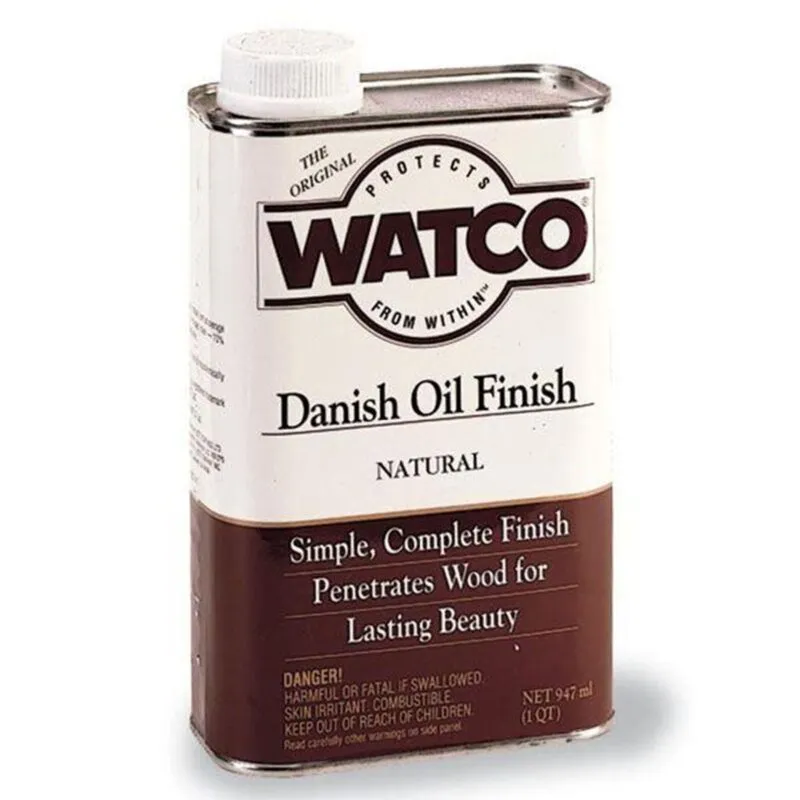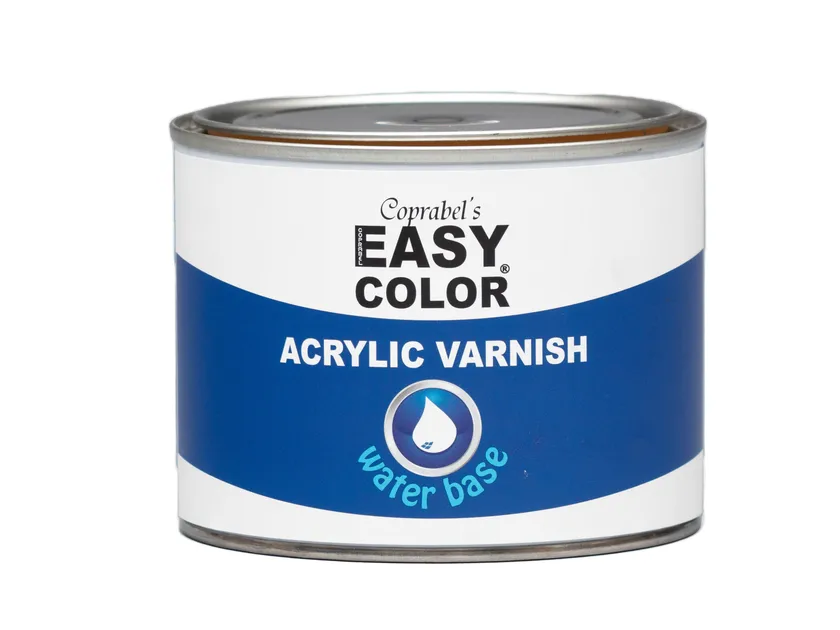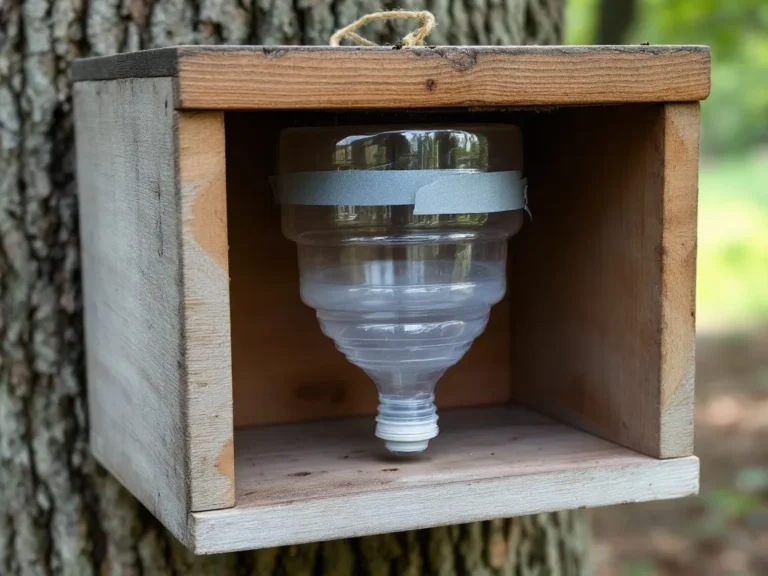Carpenter bees, known for their habit of boring into wood to create nests, can cause significant damage to wooden structures over time. One effective way to protect your wood from these bees is by applying varnish. But with so many varnishes available, how do you know which ones are best for preventing carpenter bee damage?
In this article, we’ll explore the different types of varnishes you can use to protect your wood from carpenter bees, focusing on those that offer the best durability, protection, and ease of application. We’ll also provide tips on how to properly apply varnish to maximize its effectiveness in keeping carpenter bees at bay.
Understanding Carpenter Bee Preferences
Before diving into the specifics of varnishes, it’s important to understand why carpenter bees are attracted to certain types of wood. Carpenter bees prefer untreated, weathered, and softwoods because these materials are easier to chew through when creating their nests. By applying a high-quality varnish, you can create a protective barrier that makes the wood less appealing and more difficult for the bees to penetrate.
Types of Varnishes for Carpenter Bee Prevention
When selecting a varnish to protect your wood from carpenter bees, there are several factors to consider, including durability, finish, and the type of wood you’re working with. Below are some of the best varnish options for carpenter bee prevention:
1. Spar Varnish

What It Is: Spar varnish, also known as marine varnish, is designed to withstand harsh outdoor conditions. It’s commonly used on boats and outdoor furniture due to its water resistance and flexibility.
Why It’s Effective: Spar varnish provides a durable, thick coating that can resist cracking, peeling, and UV damage. Its flexibility allows it to expand and contract with the wood as temperatures fluctuate, maintaining a strong protective barrier. The tough surface it creates is difficult for carpenter bees to bore into, making it an excellent choice for outdoor wooden structures.
Application Tips: Apply spar varnish in multiple thin coats, allowing each coat to dry thoroughly before applying the next. This ensures a smooth, even finish that maximizes protection.
2. Polyurethane Varnish

What It Is: Polyurethane varnish is a synthetic, oil-based varnish known for its durability and high-gloss finish. It’s widely used for both indoor and outdoor wood protection.
Why It’s Effective: Polyurethane varnish forms a hard, protective shell on the wood’s surface, which is highly resistant to moisture, heat, and physical wear. This hard coating is challenging for carpenter bees to penetrate, making it a strong deterrent against their nesting habits.
Application Tips: For the best results, apply polyurethane varnish in a well-ventilated area. Sand between coats to ensure adhesion and a smooth finish. Opt for an exterior-grade polyurethane for outdoor wood to ensure maximum durability.
3. Oil-Based Varnish

What It Is: Oil-based varnishes are made from a combination of oils and resins, offering a deep, rich finish that enhances the natural beauty of wood. They penetrate deeply into the wood fibers, providing long-lasting protection.
Why It’s Effective: The deep penetration of oil-based varnish strengthens the wood from within, creating a barrier that’s not only on the surface but also within the wood. This makes it harder for carpenter bees to bore through, as the entire structure of the wood is reinforced.
Application Tips: Oil-based varnishes take longer to dry than other types, so be patient and allow sufficient drying time between coats. Apply with a natural bristle brush for the best results, and ensure the wood is clean and dry before application.
4. Water-Based Varnish

What It Is: Water-based varnish is a popular choice for those looking for a low-VOC, eco-friendly option. It’s easy to apply, dries quickly, and offers a clear finish that doesn’t yellow over time.
Why It’s Effective: While water-based varnishes are not as durable as oil-based or spar varnishes, they still provide a solid protective layer that can deter carpenter bees. They’re especially useful for indoor wood or areas with less exposure to harsh weather conditions.
Application Tips: Water-based varnishes dry quickly, so work in small sections to avoid lap marks. Apply multiple thin coats to build up a strong protective barrier.
5. Acrylic Varnish

What It Is: Acrylic varnish is a water-based varnish that dries to a clear, flexible finish. It’s often used on artwork and delicate wood surfaces because it doesn’t yellow over time.
Why It’s Effective: Acrylic varnish creates a smooth, hard surface that is less attractive to carpenter bees. Its flexibility allows it to withstand minor movements and changes in the wood, which helps maintain a consistent protective layer.
Application Tips: Apply acrylic varnish in a dust-free environment to avoid particles getting trapped in the finish. Multiple thin coats will provide the best protection against carpenter bees.
How to Apply Varnish for Maximum Carpenter Bee Protection
Applying varnish correctly is key to ensuring it provides maximum protection against carpenter bees. Here are some steps to follow:
- Prepare the Surface: Clean the wood thoroughly to remove any dirt, dust, or old paint. Sand the surface lightly to create a smooth base for the varnish.
- Choose the Right Brush: Use a high-quality natural bristle brush for oil-based varnishes and a synthetic bristle brush for water-based varnishes. This ensures an even application.
- Apply Thin Coats: Apply varnish in thin, even coats, allowing each coat to dry completely before applying the next. This prevents drips and ensures a smooth finish.
- Sand Between Coats: Lightly sand the surface between coats with fine-grit sandpaper. This helps the next coat adhere better and creates a smoother finish.
- Seal the Edges: Pay special attention to the edges and ends of the wood, as these are often the most vulnerable to carpenter bees. Apply additional coats to these areas if needed.
- Allow for Curing Time: After the final coat, allow the varnish to cure completely before exposing the wood to the elements. This may take several days, depending on the type of varnish used.
Additional Tips for Carpenter Bee Prevention
In addition to using varnish, consider these additional measures to protect your wood from carpenter bees:
- Inspect Regularly: Regularly check your wooden structures for signs of carpenter bee activity, such as small holes or sawdust. Early detection allows for prompt action.
- Fill Existing Holes: If you find any holes made by carpenter bees, fill them with wood filler or caulk and reapply varnish to seal the area.
- Use Natural Deterrents: Consider using essential oils like citrus or eucalyptus, which carpenter bees find unappealing. These can be applied over varnished wood for added protection.
- Consider Paint: If varnish alone isn’t providing enough protection, consider painting the wood as well. A combination of paint and varnish offers the strongest barrier against carpenter bees.
FAQs
Can any varnish protect wood from carpenter bees? Not all varnishes are equally effective. High-quality, exterior-grade varnishes like spar or polyurethane varnish offer the best protection due to their durability and thick coating.
How often should I reapply varnish to protect against carpenter bees? The frequency of reapplication depends on the type of varnish used and the exposure of the wood to the elements. Generally, reapplying varnish every 3-5 years is recommended for optimal protection.
Is it necessary to varnish all wooden surfaces? While it’s not always necessary, varnishing wooden structures that are exposed to the outdoors can significantly reduce the risk of carpenter bee damage.
Do carpenter bees avoid all varnished wood? Carpenter bees are less likely to target varnished wood, especially if the varnish is thick and durable. However, they may still attempt to bore into varnished wood if it’s soft or the varnish is thin.
What’s the difference between oil-based and water-based varnish for carpenter bee prevention? Oil-based varnishes offer deeper penetration and longer-lasting protection, making them more effective against carpenter bees. Water-based varnishes are easier to apply and dry quickly but may not offer the same level of durability.
Final Toughts
Choosing the right varnish is a crucial step in protecting your wooden structures from carpenter bees. By selecting a high-quality, durable varnish and applying it correctly, you can create a strong barrier that deters these wood-boring pests. Whether you opt for spar varnish, polyurethane, or another type, taking the time to protect your wood with varnish will help ensure its longevity and beauty.





